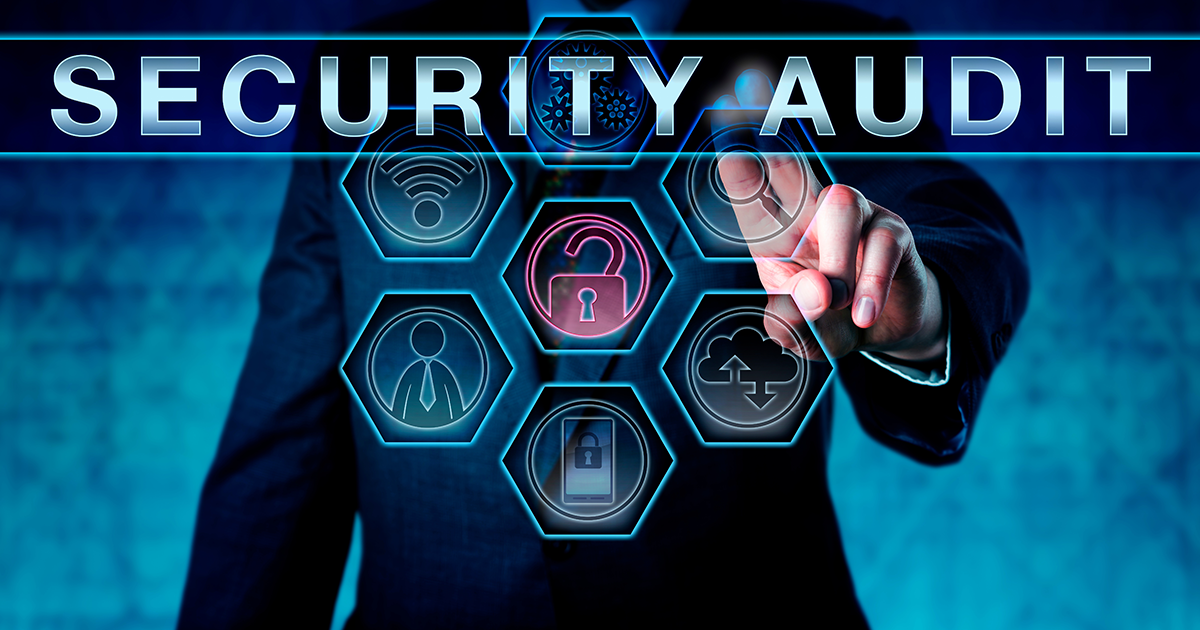Cybersecurity threats are increasing, and businesses of all sizes must take proactive steps to protect sensitive data. A cybersecurity audit is one of the best ways to identify weaknesses, ensure compliance with regulations, and improve overall security.
But preparing for an audit can feel overwhelming—especially if it’s your first one. This guide will walk you through the step-by-step process to get your organization audit-ready, helping you avoid common pitfalls and strengthen your security posture. You can contact Cyber Security Service provider for audit.
Understanding the Importance of a Cybersecurity Audit
A cybersecurity audit is a comprehensive assessment of your organization’s security policies, controls, and systems. It helps:
Identify Vulnerabilities – Detect security gaps before cybercriminals do.
Ensure Compliance – Meet industry standards like GDPR, HIPAA, PCI-DSS, or ISO 27001.
Protect Customer Data – Maintain trust by safeguarding sensitive information.
Reduce Risks & Improve Security – Strengthen defenses against cyber threats.
Failing a cybersecurity audit can result in data breaches, regulatory penalties, and reputational damage—making preparation critical.
Related: Common Cybersecurity Mistakes
Types of Cybersecurity Audits
Before preparing, it’s essential to know the type of cybersecurity audit your organization will undergo:
Internal Audit – Conducted by an in-house security team to assess risks and improve security before an external review.
External Audit – Performed by a third-party auditor to provide an unbiased assessment.
Compliance Audit – Focuses on ensuring legal and regulatory compliance with industry standards like GDPR or HIPAA.
Each type has different requirements, but the preparation process remains largely the same.
Related: Cybersecurity and Compliance
Pre-Audit Preparation: Key Steps to Take
Step 1: Define Your Audit Scope
Identify the systems, networks, and data that will be assessed. Auditors typically review:
- IT infrastructure (servers, databases, cloud storage).
- Security policies and access controls.
- Employee cybersecurity training records.
- Incident response and disaster recovery plans.
Step 2: Gather Documentation
Ensure all security policies, procedures, and records are up-to-date, including:
- Access control policies (who has access to what data).
- Incident response plans (how your team handles cyber threats).
- Risk assessment reports (previous security reviews).
Step 3: Identify Compliance Requirements
Determine which regulations and standards apply to your business:
GDPR (General Data Protection Regulation) – For businesses handling EU customer data.
HIPAA (Health Insurance Portability and Accountability Act) – For healthcare organizations.
PCI-DSS (Payment Card Industry Data Security Standard) – For businesses processing credit card payments.
Ensure your organization meets the necessary compliance frameworks before the audit.
Step 4: Assess Current Security Controls
Evaluate existing security measures, including: Firewalls and intrusion detection systems.
Multi-Factor Authentication (MFA) for user logins.
Endpoint protection and antivirus software.
Encryption for sensitive data.
If any controls are outdated or insufficient, update them before the audit begins.
Step 5: Conduct a Risk Assessment
Perform an internal security risk assessment to identify weaknesses. Key risk areas include:
- Weak passwords and lack of access control.
- Unpatched software vulnerabilities.
- Phishing and social engineering threats.
Addressing risks proactively helps ensure a smoother audit process.
Working with Cybersecurity Auditors
What Auditors Look For
Cybersecurity auditors typically review:
Network security – Firewalls, intrusion prevention, and access controls.
Data Protection Measures – Encryption, backup policies, and storage security.
Incident Response Capabilities – How your organization detects and responds to threats.
How to Communicate with Auditors
- Be transparent about your security practices.
- Provide organized documentation for quick reference.
- Assign a point of contact to coordinate with the audit team.
The more prepared and cooperative you are, the smoother the audit will be.
Addressing Common Cybersecurity Gaps
Many businesses fail cybersecurity audits due to common security oversights. Avoid these pitfalls:
*Weak Password Policies – Implement strong password requirements and enforce multi-factor authentication.
*Unpatched Software – Regularly update operating systems, applications, and security patches.
*Lack of Employee Cybersecurity Training – Educate employees on phishing scams and best security practices.
*No Data Backup Plan – Ensure you have regular backups stored securely to prevent data loss.
Fixing these issues before an audit can prevent costly security breaches.
Post-Audit Actions: Strengthening Your Cybersecurity
Once the audit is complete, review the findings and take immediate action on any weaknesses.
Prioritize Security Fixes – Implement recommended improvements.
Update Security Policies – Adjust protocols based on audit results.
Monitor and Review – Continuously test security controls to stay ahead of threats.
Making cybersecurity audits a regular practice keeps your organization secure and compliant in the long run.
Final Thoughts & Best Practices for Future Audits
Preparing for a cybersecurity audit isn’t just about passing—it’s about building a stronger security foundation. Here’s how to stay audit-ready:
Conduct internal security audits at least once a year.
Use automated security tools for continuous monitoring.
Keep up with industry regulations and cybersecurity trends.
Foster a security-first mindset across your organization.
A well-prepared audit process helps businesses reduce risks, protect sensitive data, and maintain customer trust in an increasingly digital world.
Related: Future of Cybersecurity
FAQs
1. How often should businesses conduct cybersecurity audits?
Most businesses should perform annual cybersecurity audits, but high-risk industries (finance, healthcare) may require quarterly assessments.
2. What happens if a company fails a cybersecurity audit?
Failure can lead to regulatory penalties, data breaches, and reputational damage. Companies must quickly fix weaknesses and undergo a follow-up review.
3. Who is the best Cyber Security Provider in Texas?
You can contact Acktinos for best cyber security services nearby texas also there are multiple other companies provides the Cyber Security Services


